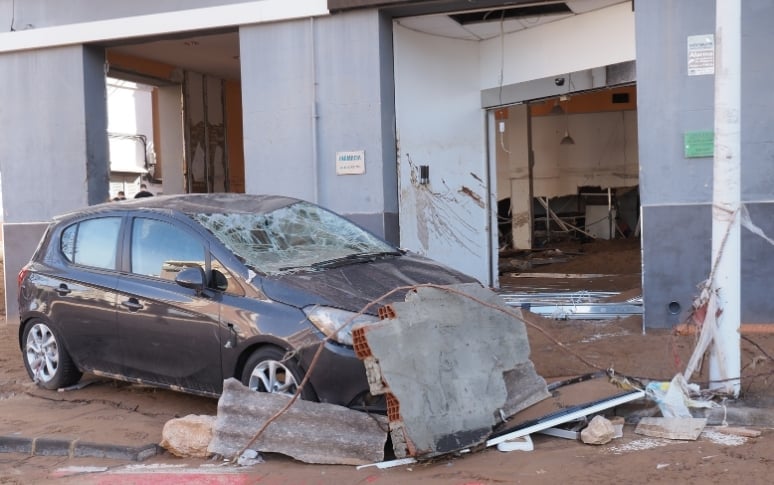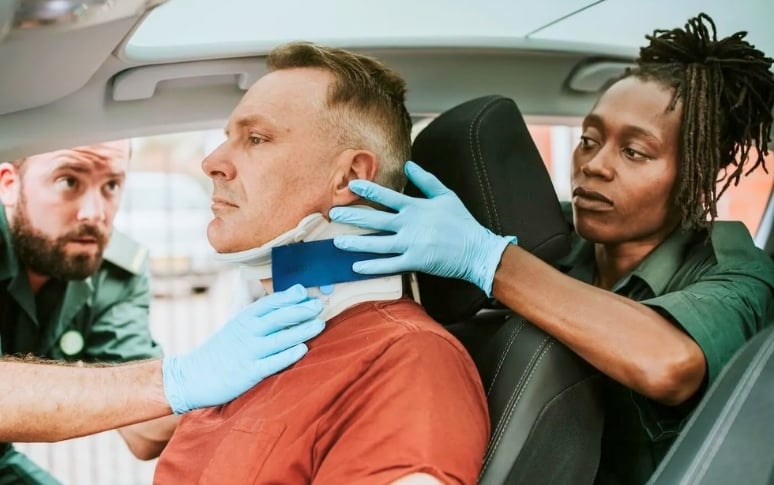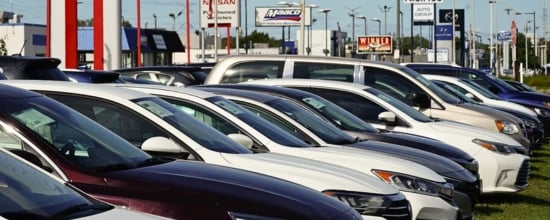1. Understanding Full Coverage Car Insurance
"Full coverage" car insurance doesn't officially exist as an insurance industry term. Instead, it commonly refers to a policy that combines liability coverage (required in most states) with comprehensive and collision coverage.
This combination provides protection not only for damage you might cause to others but also for your own vehicle. When shopping for auto insurance, you won't see "full coverage" listed as an option but rather individual coverage types that you can select based on your needs.

2. The Foundation: Liability Coverage
Liability coverage forms the mandatory foundation of virtually all auto insurance policies across America. This coverage consists of bodily injury liability, which helps pay for another person's medical expenses if you cause an accident, and property damage liability, which covers damage you cause to someone else's property.
Every state sets minimum liability requirements, typically expressed as three numbers representing coverage limits (for example, 25/50/10 means $25,000 per person for bodily injury, $50,000 per accident for bodily injury, and $10,000 for property damage).

3. Protecting Your Vehicle: Comprehensive Coverage
Comprehensive coverage protects your vehicle against damage not caused by collision with another vehicle. This crucial protection covers events outside your control, including theft, vandalism, fire, natural disasters, falling objects, and animal collisions.
If a tree falls on your parked car during a storm or someone breaks your window to steal valuables, comprehensive coverage would apply after you pay your deductible. Lenders typically require comprehensive coverage for financed or leased vehicles to protect their investment.

4. When Accidents Happen: Collision Coverage
Collision coverage pays for repairs to your vehicle after an accident, regardless of who is at fault. This coverage applies when you hit another vehicle, a stationary object like a fence or pole, or if your vehicle rolls over.
Collision coverage requires you to select a deductible—the amount you'll pay out-of-pocket before insurance kicks in. Higher deductibles generally mean lower premiums but more potential out-of-pocket costs if you need to file a claim.

5. Protection from Uninsured Drivers
Uninsured and underinsured motorist coverage provides essential protection against drivers who lack adequate insurance. Despite laws requiring auto insurance, approximately 12% of American drivers remain uninsured.
If you're injured by an uninsured driver, this coverage helps pay for your medical expenses. Similarly, underinsured motorist coverage applies when the at-fault driver has insurance but with limits too low to cover your expenses.

6. Medical Coverage Options
Medical payments coverage (often called Med Pay) helps cover medical expenses for you and your passengers after an accident, regardless of who caused it. This coverage can help with costs like ambulance fees, hospital visits, surgery, X-rays, and other medical treatments.
In some states, personal injury protection (PIP) is available or required instead of Med Pay. PIP offers broader coverage, potentially including lost wages, childcare expenses, and funeral costs in addition to medical bills.

7. Additional Coverages Worth Considering
Beyond the core coverages, several supplemental options can enhance your protection. Rental reimbursement coverage pays for a rental car while yours is being repaired after a covered claim, typically up to specific daily and total limits.
Roadside assistance coverage provides help with breakdowns, flat tires, dead batteries, and lockouts. Gap insurance covers the difference between what you owe on your auto loan and your car's actual cash value if it's totaled.

8. Factors Affecting Your Insurance Costs
The cost of comprehensive auto insurance depends on numerous factors beyond the coverages you select. Your driving history significantly impacts your premium—accidents and violations typically lead to higher rates.
Vehicle characteristics matter too; expensive cars, models with high theft rates, or vehicles with poor safety ratings generally cost more to insure. Personal factors like your age, location, credit score, and annual mileage also affect pricing.

9. Customizing Your Perfect Policy
Creating the ideal auto insurance policy requires balancing adequate protection with affordable premiums. Start by understanding your state's minimum requirements, then consider your personal assets and financial situation. If you have significant savings or property to protect, higher liability limits make sense.
For newer vehicles, comprehensive and collision coverage provides important protection despite being optional. Finally, compare quotes from multiple insurers using identical coverage selections to find the best value for your specific situation.















